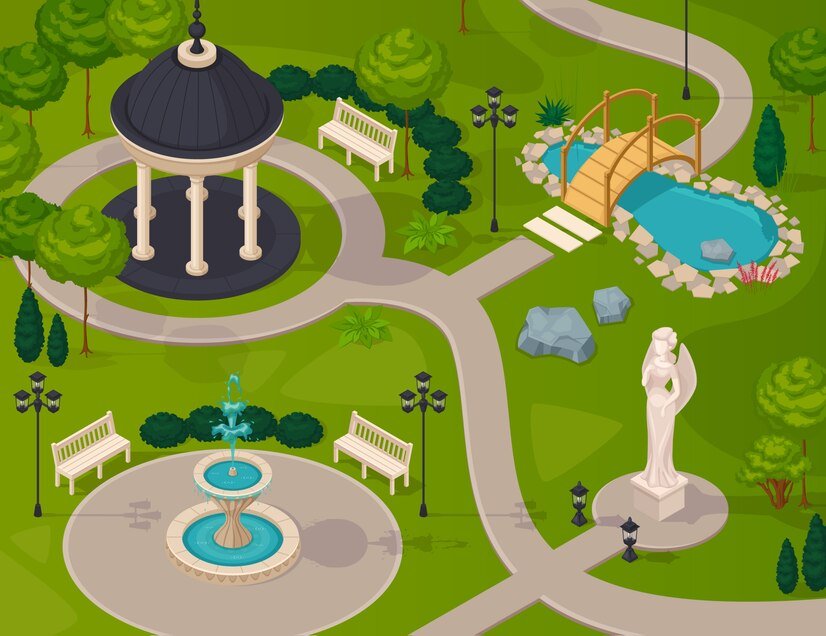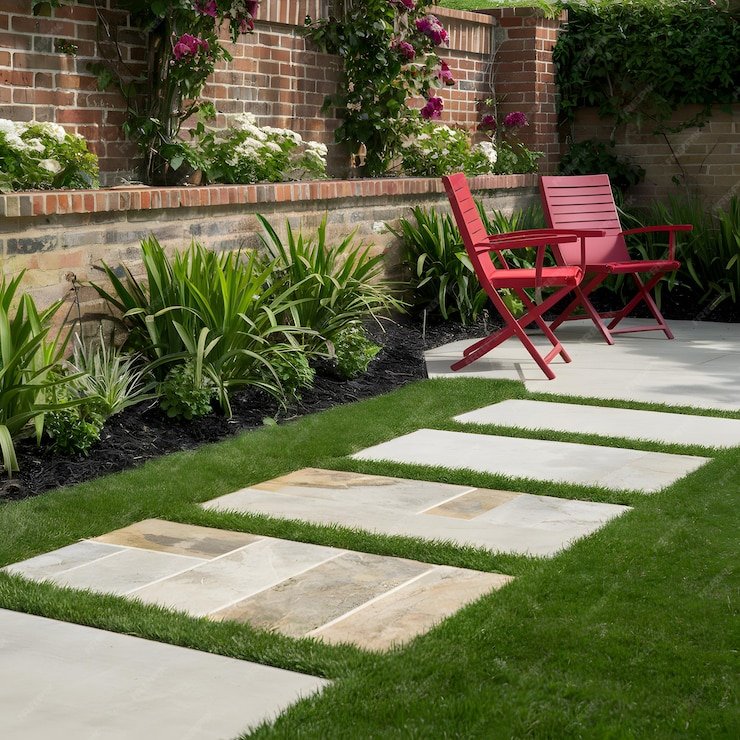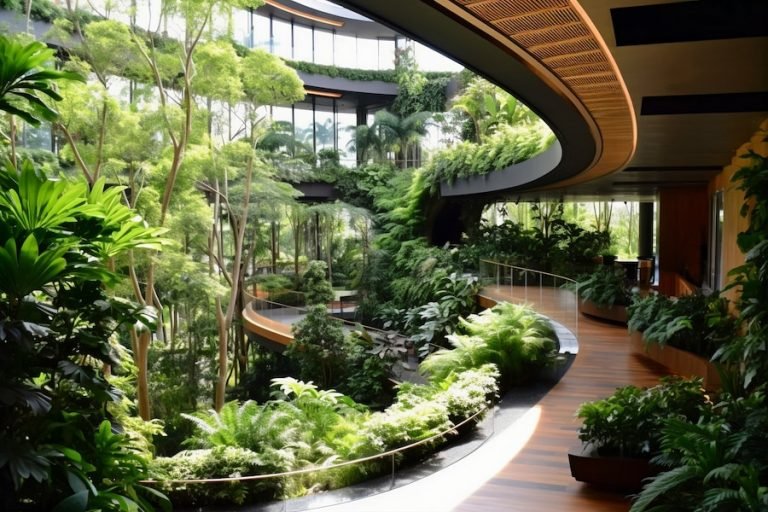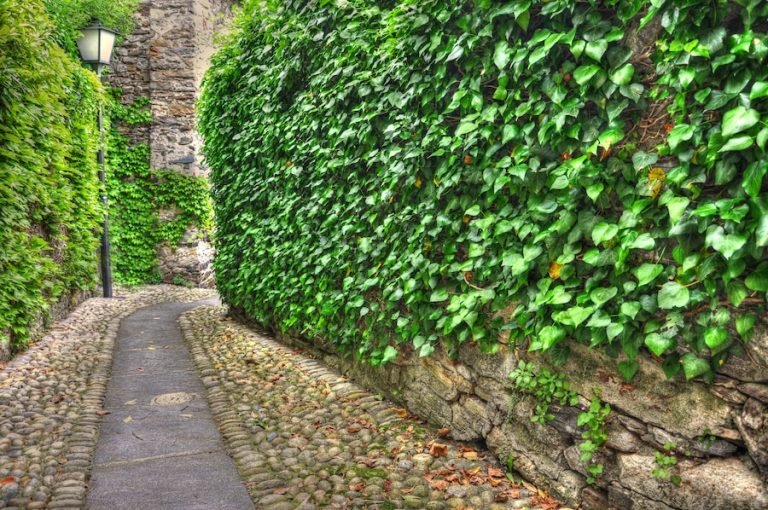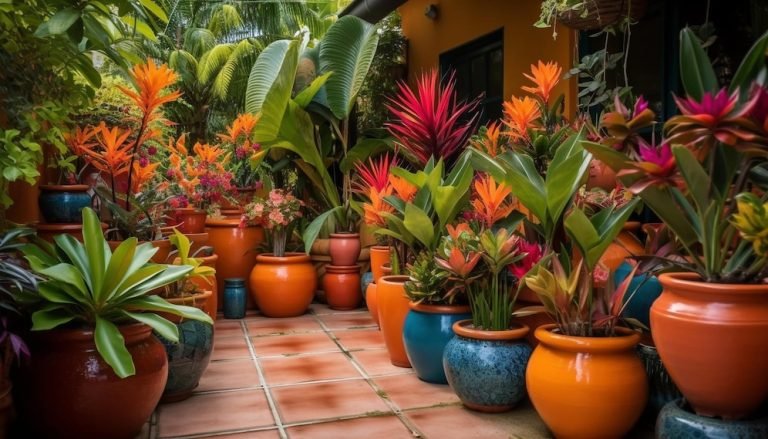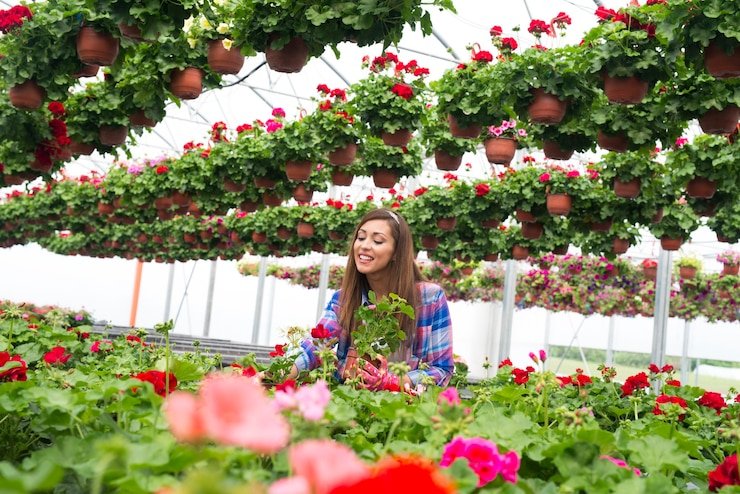Using Sustainable Methods In 3D Garden Design And Planning
In recent years, sustainability has become a focal point in various aspects of our lives, including garden planning and design. As we strive to minimize our environmental footprint and foster harmony with nature, integrating sustainable practices into garden planning has emerged as a crucial endeavor. With the advancement of technology, particularly in the realm of 3D visualization, designers now have powerful tools at their disposal to create eco-friendly and aesthetically pleasing outdoor spaces. In this article, we explore the importance of incorporating sustainable practices in 3D garden planning and design, along with practical strategies to achieve this goal.
To Know More About It please Click Here
The Importance of Sustainable Garden Design
Sustainable garden design goes beyond mere aesthetics; it embodies a commitment to environmental stewardship, biodiversity conservation, and resource efficiency. By adopting sustainable practices in garden planning, we can mitigate the negative impacts of urbanization, promote biodiversity, conserve water, and reduce energy consumption. Moreover, sustainable gardens serve as living ecosystems that support pollinators, wildlife, and overall ecosystem health. In essence, they become vibrant sanctuaries that enhance the well-being of both humans and the environment.
Leveraging 3D Visualization for Sustainable Design
3D visualization tools have revolutionized the way garden designers conceptualize, plan, and execute their projects. By harnessing the power of 3D modeling software, designers can create virtual representations of garden spaces with remarkable accuracy and detail. This technology enables them to experiment with various design elements, materials, and plantings, allowing for informed decision-making and visualization of the outcome.
Incorporating sustainable practices into 3D garden planning begins with careful consideration of design principles that prioritize environmental responsibility. From the selection of native plants and drought-tolerant species to the implementation of water-efficient irrigation systems and eco-friendly materials, every aspect of the design can contribute to its sustainability.
Strategies for Sustainable Garden Planning and Design
- Native Plant Selection: Choose native plant species adapted to the local climate and soil conditions. Native plants require less water, fertilizer, and maintenance, while also providing essential habitat and food for local wildlife.
- Water Conservation: Implement water-efficient irrigation systems such as drip irrigation or rainwater harvesting. Design garden layouts that promote efficient water use by grouping plants with similar water needs and utilizing permeable surfaces to reduce runoff.
- Soil Health: Prioritize soil health by incorporating organic matter, compost, and mulch into garden beds. Healthy soil promotes plant growth, retains moisture, and sequesters carbon dioxide from the atmosphere.
- Pollinator-Friendly Design: Create habitats that attract pollinators such as bees, butterflies, and birds. Incorporate a diverse array of flowering plants, nesting sites, and water sources to support pollinator populations and enhance biodiversity.
- Sustainable Materials: Choose eco-friendly materials for hardscape elements such as pathways, edging, and retaining walls. Opt for recycled or reclaimed materials, natural stone, or permeable pavers that allow rainwater infiltration.
- Energy Efficiency: Consider the microclimate of the garden and design features that provide shade, reduce the heat island effect, and optimize energy use. Incorporate elements like trellises, pergolas, and deciduous trees to provide passive cooling and maximize natural ventilation.
Conclusion
Incorporating sustainable practices into 3D garden planning and design is not only a responsible choice but also a rewarding one. By embracing sustainability, designers can create resilient, vibrant outdoor spaces that harmonize with nature and contribute to the well-being of ecosystems and communities. With the aid of 3D visualization tools, designers have the opportunity to explore innovative solutions, experiment with design concepts, and inspire others to join in the journey toward a greener future. Let us embrace the challenge and seize the opportunity to create gardens that not only captivate the eye but also nurture the soul and sustain the planet.
